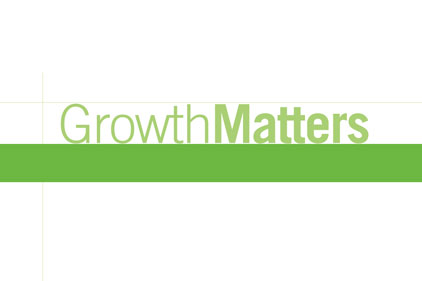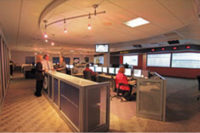According to the U.S. Environmental Protection Agency (EPA), the major greenhouse (GH) gases are carbon dioxide, methane, nitrous oxide, and fluorinated gases. These gases are credited with heating the atmosphere and depleting the ozone layer. A 40 percent increase of carbon dioxide in our atmosphere since the beginning of the industrial revolution is attributed to the burning of wood, coal, oil, and natural gas.
Methane is the second most prevalent GH gas and comes from industry, agriculture and waste management. It’s emitted from animal stomach gases, landfills, manure, vehicle emissions, and the production and use of synthetic fertilizers.
Soil management accounts for about 68 percent of our nitrous oxide (N2O) emissions and only 4 percent of the GH gases! But N2O molecules stay in the atmosphere for 120 years, and one pound of N2O has more than three hundred times the warming power of one pound of carbon dioxide (CO2).
Fluorinated gases are emitted in industrial manufacturing and are the most potent and longest lasting. They’re found in refrigerants, aerosol propellants, solvents, fire retardants and air conditioning systems. They’re also produced from industrial processing of aluminum and circuit breakers and come from electrical transmission equipment. As the population grows, businesses expand their footprints, and other nations industrialize the demand for power and these products, or alternatives to these products, rise exponentially.
So where is your current business opportunity in all of this?
It’s in energy management technologies and services, if you haven’t added these already. The building automation industry recognized this a decade ago — not to manage GH gases, but they saw security as another building system they could add and manage over time. There are no regulations regarding emitting hazardous gas today, and internationally we debate the risks and results. But there’s no doubt about the rising cost of energy. And the laws of supply and demand mean that energy production and demand will increase unless there’s a significant population change.
Products to manage and lower energy consumption are being developed and will get better and better as we go along. These products not only lower a homeowner’s or business’ operating costs but they add functionality to operating systems. Controlling when the lights, heat or air conditioning systems go on or off, marrying them to one’s security systems, with programmable options, remote access, and even streaming video feeds through one easy-to-use interface is compelling. If you add in video conferencing software you get room scheduling, shades that automatically open and close based on the amount of sunlight or cold with simple sensors.
And speaking of video conferencing, there’s absolutely no need for us to travel like we do given video conferencing, webinars, video training options, GoToMeeting, or even the ability to VPN into customers’ systems to adjust products, upgrade software, and do repairs.
The adoption and sale of lighting, heating, security, and video management systems by ADT, Time Warner Cable, Verizon and the like, and their marketing efforts to sell these systems, will raise the interest and knowledge of consumers and thus demand. It will open the door to increasing security systems sales from that long-discussed sales plateau and it will drive commercial and enterprise systems demand as well. Given the size of this market and how it will grow, I don’t see any endpoint to these systems in any near future. I see nothing but growth here.
Research your market’s opportunities, matching available products to your customer base. Install these systems in your own companies, lower your cost of operations, and then take what you’ve learned to market.





